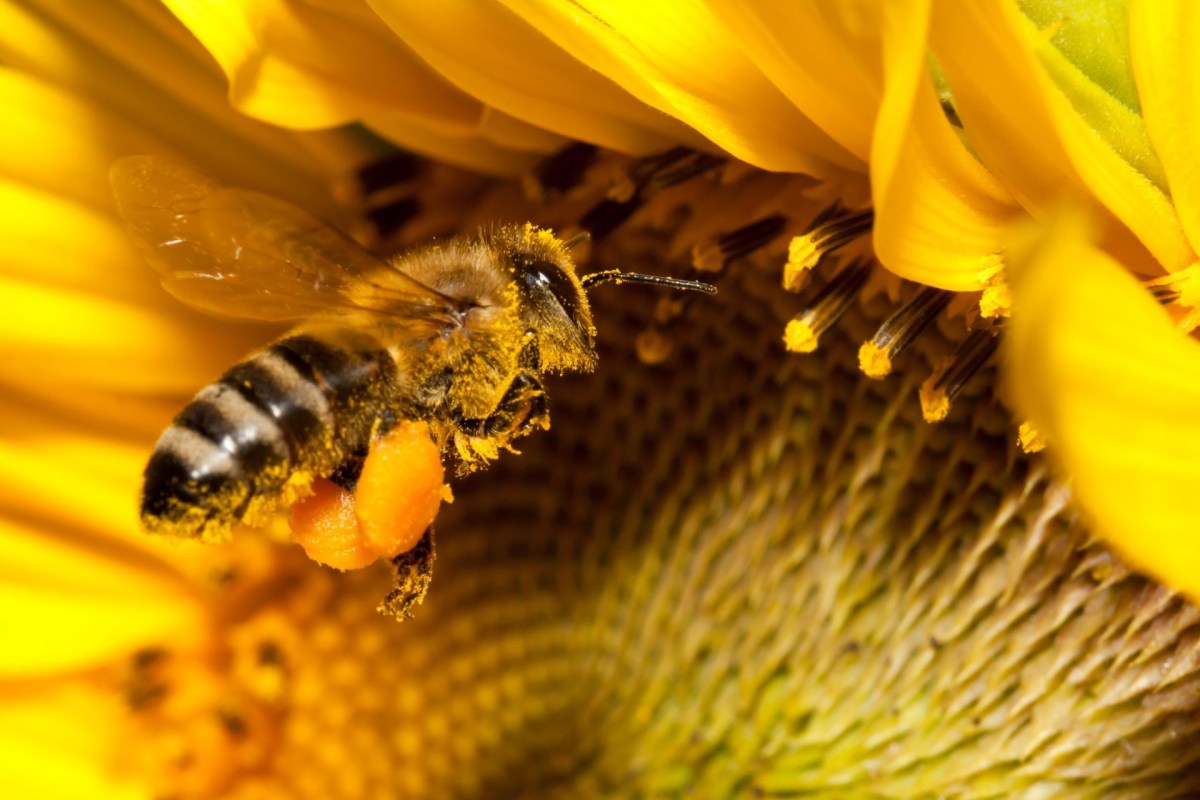Have you heard the buzz about the "secret handshake" between flowers and bees? It turns out that some bee species — especially bumblebees — use this "handshake" to release more pollen from plants.
What is buzz pollinating?
Buzz pollinating starts when a bee lands on a flower like a shooting star, which Instagram creator Rachael, the Nature Educator, features in an April video.
"The flowers are buzz pollinated, which means their pollen is released when bees hold onto the flower and vibrate to release the pollen," Rachael says in the video.
More specifically, certain species, like carpenter bees or stingless bees, cling to the flower's anthers (the parts containing the pollen). Then, they contract their thorax muscles to create vibrations. This shakes the pollen out before the bee collects it.
And bumblebees are the bee's knees when using this technique. "This ability to effect buzz pollination makes bumblebees among our most efficient insect pollinators," writes naturalist Dennis Chastain in the Greenville Journal.
Why is buzz pollinating important?
More than 20,000 plant species have evolved to have this "secret handshake" with bees. This arrangement helps increase pollination efficiency, with less pollen being wasted on pollen thieves (animals that take pollen without acting as pollinators).
Pollination is essential for wildflowers because it helps them reproduce and produce enough seeds, maintain genetic diversity, and develop fruits to attract animals that disperse their seeds.
"Without pollinators, the human race and all of earth's terrestrial ecosystems would not survive," the U.S. Department of Agriculture says on its website. "Of the 1,400 crop plants grown around the world, i.e., those that produce all of our food and plant-based industrial products, almost 80% require pollination by animals."
While many flowering plants like tomatoes can produce without buzz pollination, this technique often brings heavier yields. Some crops that require buzz pollination include kiwis, wild tomatoes, eggplants, potatoes, several blueberries, cranberries, and sweet cucumbers.
This makes buzz pollination incredibly important to the economy — tomatoes alone have a global annual value of $10.8 billion.
Tomatoes, found in anything from sandwiches to salsa and spaghetti sauce, are most effectively pollinated through the buzz technique.
"Those greenhouse cluster tomatoes we buy at the grocery store can be grown in greenhouses because growers employ colonies of bumblebees that live and work inside the greenhouse," Chastain wrote.
That's why protecting hard-working pollinators like bumblebees is more important than ever. So far, two North American bumblebee species are protected under federal Endangered Species Act listings, but conservationists are pushing for more to join them, as the Oak Spring Garden Foundation reports.
According to the Xerces Society, you can do your part for bumblebees by planting early- and late-blooming flowers and refraining from killing dandelions in your yard.
Join our free newsletter for cool news and cool tips that make it easy to help yourself while helping the planet.









